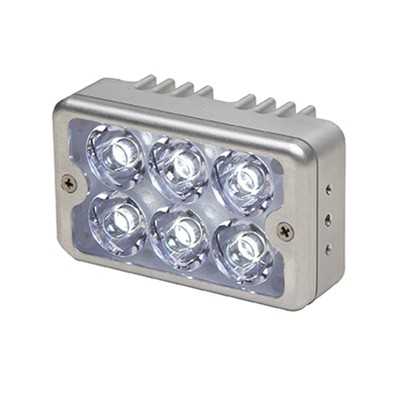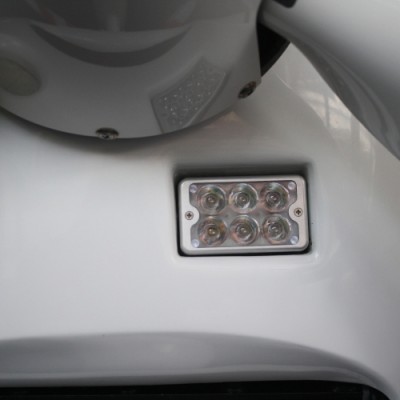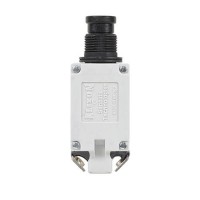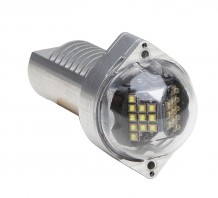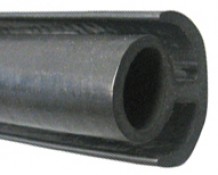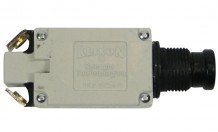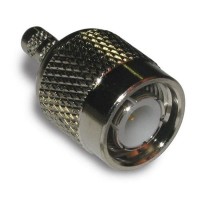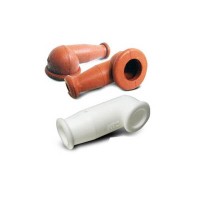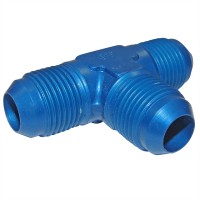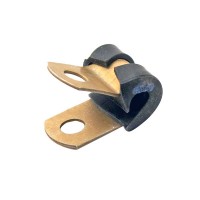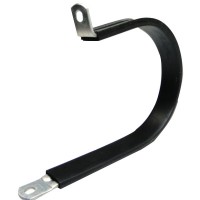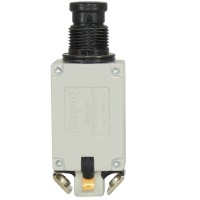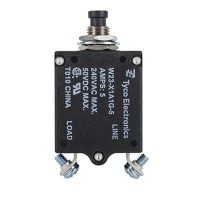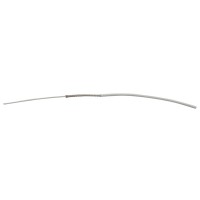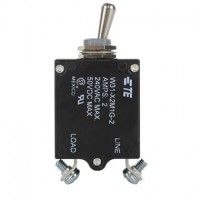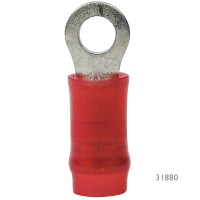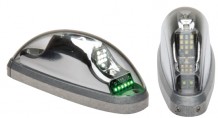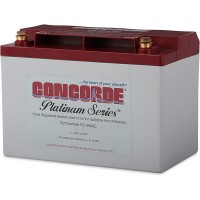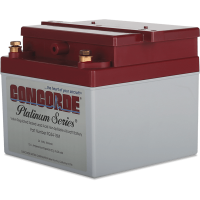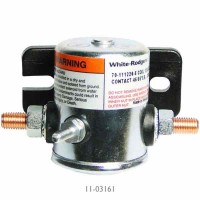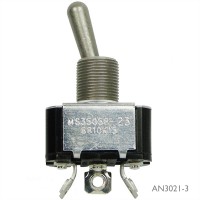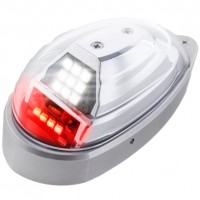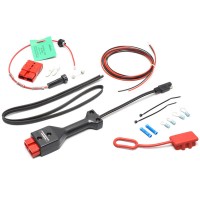Aircraft Spruce Canada
Brantford, ON Canada
Corona, CA | Peachtree City, GA
Chicago, IL | Wasilla, AK
| Model # | Description | Part No. | Price | Buy |
|---|---|---|---|---|
| 7112510 | 10° beam pattern, 14 volt | 11-06164 | $461.00 | |
| 7112511 | 20° beam pattern, 14 volt | 11-06165 | $461.00 | |
| 7112512 | 90° beam pattern, 14 volt | 11-06166 | $461.00 | |
| 7112520 | 10° beam pattern, 28 volt | 11-06167 | $461.00 | |
| 7112521 | 20° beam pattern, 28 volt | 11-06168 | $461.00 | |
| 7112522 | 90° beam pattern, 28 volt | 11-06169 | $461.00 | |
| 7112523 | 30° beam pattern, 28 volt | 11-07703 | $461.00 |
Overview
| Model 71125 Series LED recognition light is designed to provide supplemental lighting for a wide variety of aircraft applications. Provides all of the advantages of LED's as a light source, no EMI/RFI, low current draw, low heat, long life. Perfect for vibration prone areas. Item ships with flying leads. Several different beam spreads available. Designed to replace the Whelen A775 Series. Version containing integrated MS connector also available. Can be used in conjunction with 71115 Flasher control assembly. |
Specifications
- Drawing Number: 71125
- Power Consumption: 0.9 Amps @ 14 Volts, 0.45 Amps @ 28 Volts
- Lens: Clear polycarbonate
- LED Color: Aviation White
- Weight: 0.3 lbs. (136gm)
- Overall Width: 3.25" (83mm)
- Overall Depth: 1.25" (32mm)
- Overall Height: 1.95" (50mm)
Q&A
Please note, Aircraft Spruce Canada's personnel are not certified aircraft mechanics and can only provide general support and ideas, which should not be relied upon or implemented in lieu of consulting an A&P or other qualified technician. Aircraft Spruce Canada assumes no responsibility or liability for any issue or problem which may arise from any repair, modification or other work done from this knowledge base. Any product eligibility information provided here is based on general application guides and we recommend always referring to your specific aircraft parts manual, the parts manufacturer or consulting with a qualified mechanic.
The LEDs are brighter than halogen assemblies due to color temperature. This is what the eyes are able to see at different temperatures. The average halogen bulb is around 800 Kelvin which makes for the yellowish light and is hard to distinguish some time. The LEDs are around 6500 Kelvin which makes for the bluish white light and they eyes are able to pick things up better. The distance is going to be about the same with a halogen bulb as where an HID will be a more focused beam and will get greater reach. The HID system also requires a ballast because in essence the HID is a strobe tube that is always on and is a high current product. The LEDs have multiple light sources so you get a broader beam pattern along with the focused beam which creates a nice peripheral light situation.
The LEDs are brighter than halogen assemblies due to color temperature. This is what the eyes are able to see at different temperatures. The average halogen bulb is around 800 Kelvin which makes for the yellowish light and is hard to distinguish some time. The LEDs are around 6500 Kelvin which makes for the bluish white light and they eyes are able to pick things up better. The distance is going to be about the same with a halogen bulb as where an HID will be a more focused beam and will get greater reach. The HID system also requires a ballast because in essence the HID is a strobe tube that is always on and is a high current product. The LEDs have multiple light sources so you get a broader beam pattern along with the focused beam which creates a nice peripheral light situation.
30,000 candlepower output. In lumens this will be right at 2,000 lumens.
This has both 4-40 and 6-32 mounting holes. The middle is the 6-32 and the other two are 4-40.

 Aircraft Spruce Canada
Aircraft Spruce Canada
